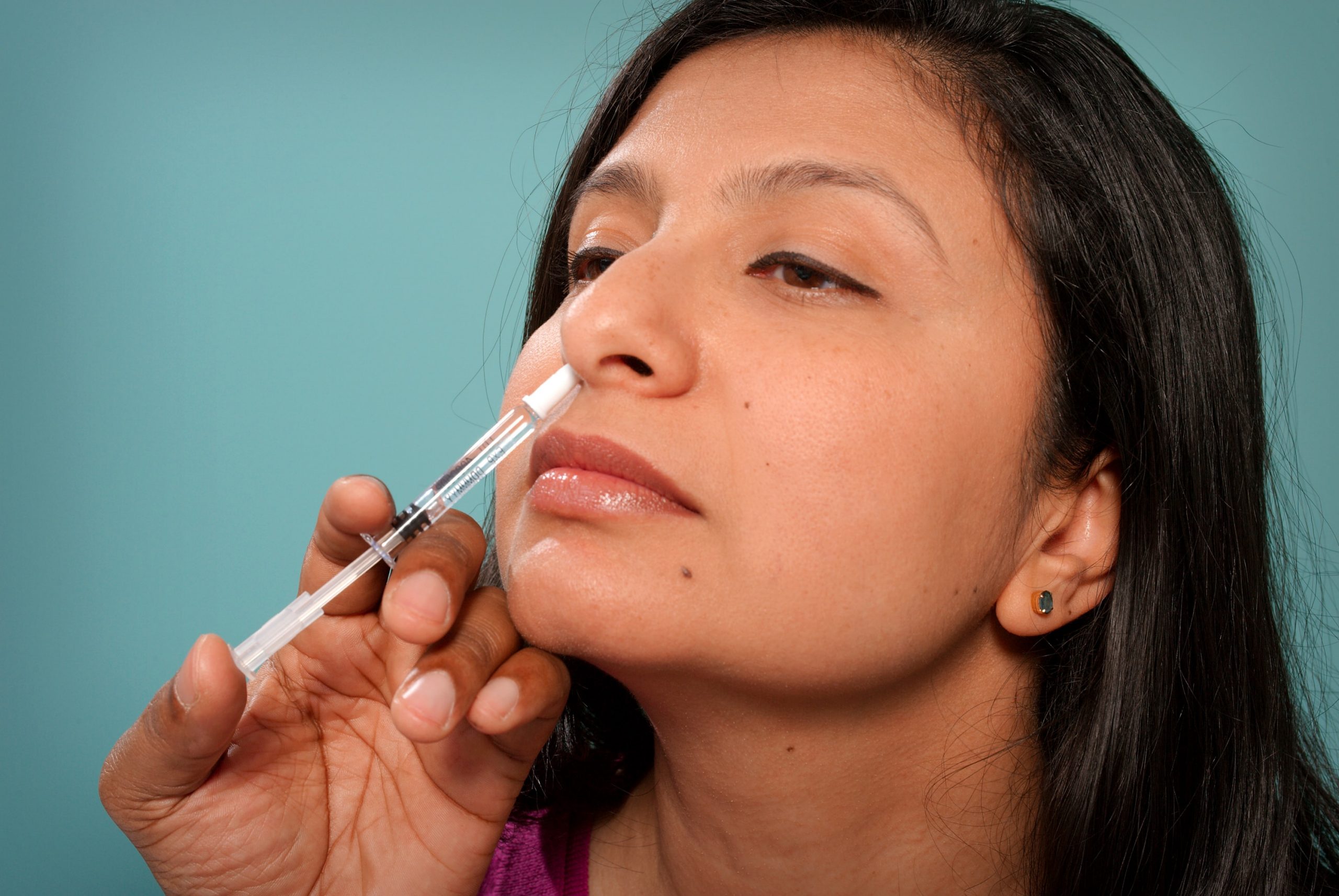
Lauren Dempsey, MS in Biomedicine and Law, RN, FISM News
[elfsight_social_share_buttons id=”1″]
There are a number of clinical trials currently being conducted to determine the durability of intranasal vaccination as a possible alternative to the vaccines that are currently available.
Intranasal vaccination has many possible benefits, one being the potential to prevent transmission, an essential characteristic that has evaded the current vaccines on the market. Experts believe that an intranasal administration would also be appealing to adults and children that are fearful of needles, providing a safer, simpler, and less invasive method of vaccination. Furthermore, intranasal vaccines do not require syringes, and the composition of the vaccines would allow for less strict requirements on transportation and storage of the vaccine.
Scientists behind the development believe that intranasal vaccines could provide better protection based on the mode of transmission of the SARS-CoV-2 virus. The initial site of infection is the nasal mucosa and the respiratory tract. Preclinical and clinical studies revealed that the vaccine produced “high neutralizing antibody generation” and immune responses that further avoid respiratory infection.
According to Professor Navin Varadarajan at the University of Houston, intranasal vaccination could provide local immunity against pathogens, such as COVID-19. Varadarajan said, “Mucosal vaccination can stimulate both systemic and mucosal immunity and has the advantage of being a non-invasive procedure suitable for immunization of large populations,” adding, “mucosal vaccination has been hampered by the lack of efficient delivery of the antigen and the need for appropriate adjuvants that can stimulate a robust immune response without toxicity.”
Varadarajan is the founder of a biotech company that is in the process of developing new and innovative treatments, such as intranasal vaccines, for treating diseases. His company, AuraVax, currently has an exclusively licensing agreement with the University of Houston covering the intellectual property rights of specific technologies for developing and manufacturing these products.
In another study, the NIH sought to determine the effectiveness of the Oxford/AstraZeneca vaccine that was administered intranasally. When evaluated in hamsters and monkeys the vaccine was effective in preventing serious disease as well as reducing the viral load found in the nose. Researchers believe that if less viral material is found in the nasal passages there is a reduction in the spread of the virus, even in previously vaccinated individuals.
The research indicates that “a successful vaccine composition for intranasal delivery” has the potential to “provide long-term protection,” possibly providing another tool in the fight against eradicating COVID-19. Currently, natural immunity appears to provide the most durable, long-term immunity with the current mRNA vaccines waning after just a few months of vaccination.
Continued research is necessary as clinical trials are conducted with human volunteers. It will be important to further evaluate both the safety and efficacy of intranasal vaccines, to see whether or not this new type of administration has the ability to provide protection, prevent transmission, and reduce serious illness.
